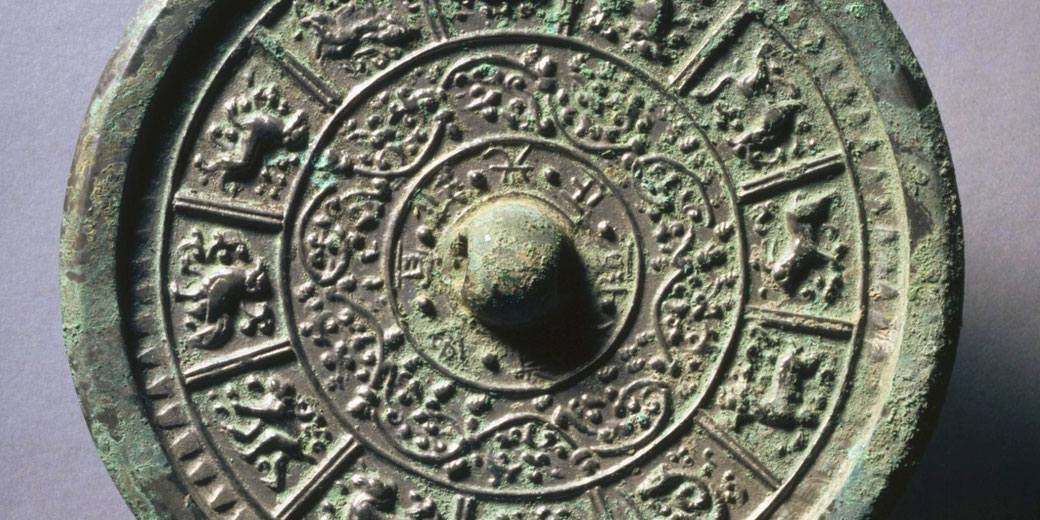Ancient China in crisis: The Period of Disunion and the rise of the Sui Dynasty

In ancient Chinese history, there was a particularly troubled period that took place between 220 and 589 AD.
Following the fall of the Han Dynasty, China was split into different kingdoms that were often at war with each other as different leaders attempted to unite China under their rule, but none were very successful for very long.
The chaos of the Three Kingdoms Period
Between 220 and 280 AD, rather than being one large country. After the end of the Han dynasty, following years of chaos that included the Yellow Turban Rebellion in 184, a number of powerful warlords, such as Cao Pi, Sun Quan, and Liu Bei took charge of the different kingdoms.
In 220, Cao Pi forced the last Han emperor, Xian, to step down and, in his place, set up the state of Wei in northern China.
Following that, Liu Bei declared himself emperor of Shu Han in 221, controlling the southwest, while Sun Quan claimed the throne of Eastern Wu in 229, ruling the southeast.
It was not clear who would become the new emperor of China. There was a critical Battle of Red Cliffs in 208, where the alliance of Liu Bei and Sun Quan defeated Cao Cao, leading to the official split of China into three kingdoms.
The division endured until Wei took over Shu Han in 263. Shortly after, the Wei general Sima Yan seized the throne and created the Jin dynasty.
Finally, Jin unified China by taking over Wu in 280. The Three Kingdom Period was finally over.

Sixteen Kingdoms period
While China was briefly unified under the Jin, it soon descended into war again during the Western Jin’s collapse, leading to the Sixteen Kingdoms period (304–439) in the north.
It was triggered by invasions by non-Han peoples. Meanwhile, the south was ruled by successive Chinese-led dynasties, beginning with the Eastern Jin, in what became known as the Southern and Northern Dynasties era (420–589).
Unfortunately, this was also a time of political divisions and frequent warfare. In the north, the Northern Wei dynasty (386–534) eventually unified much of the region, but further splits followed.
Rise of the Sui Dynasty
Finally, Yang Jian, a powerful official of the Northern Zhou, seized power in 581 and proclaimed himself Emperor Wen of Sui, which started the Sui dynasty.
By 589, the Sui conquered the southern Chen dynasty, which finally reunified China and ending nearly 300 years of disunity.
Emperor Wen implemented sweeping reforms to his empire and government, including an equal-field land system and a new legal code, while also promoting Buddhism.
He also built major infrastructure projects such as the Grand Canal and the reconstruction of Chang’an and Luoyang as imperial capital cities.
This canal became a superhighway for trade and communication as helping connect the large country closer together.

The fall of the Sui Dynasty
Then, his son, Emperor Yang, who reigned from 604–618, continued these projects.
Also, he tried to improve the government by making it more organised by starting exams for people who wanted to work for the government.
This was a way to find the smartest and most talented people to help run the country.
However, Yang became too ambitious and tried to expand his territories in a series of failed military campaigns, notably against the Korean kingdom of Goguryeo.
By this point, the emperor had spent too much money on his building projects and wars, and his people were not happy about this, as it meant they had to pay more taxes.
Coupled with the fact that many were forced to work on these major projects against their will, this led to rebellions against the emperor.
The dynasty finally collapsed in 618 following Emperor Yang’s assassination.
Despite the way the Sui regime came to an end, its efforts to unite China and invest in important building projects actually paved the way for the next dynasty, the Tang, who would go on to create another golden age for China.
Further reading
What do you need help with?
Download ready-to-use digital learning resources
Copyright © History Skills 2014-2025.
Contact via email
With the exception of links to external sites, some historical sources and extracts from specific publications, all content on this website is copyrighted by History Skills. This content may not be copied, republished or redistributed without written permission from the website creator. Please use the Contact page to obtain relevant permission.





